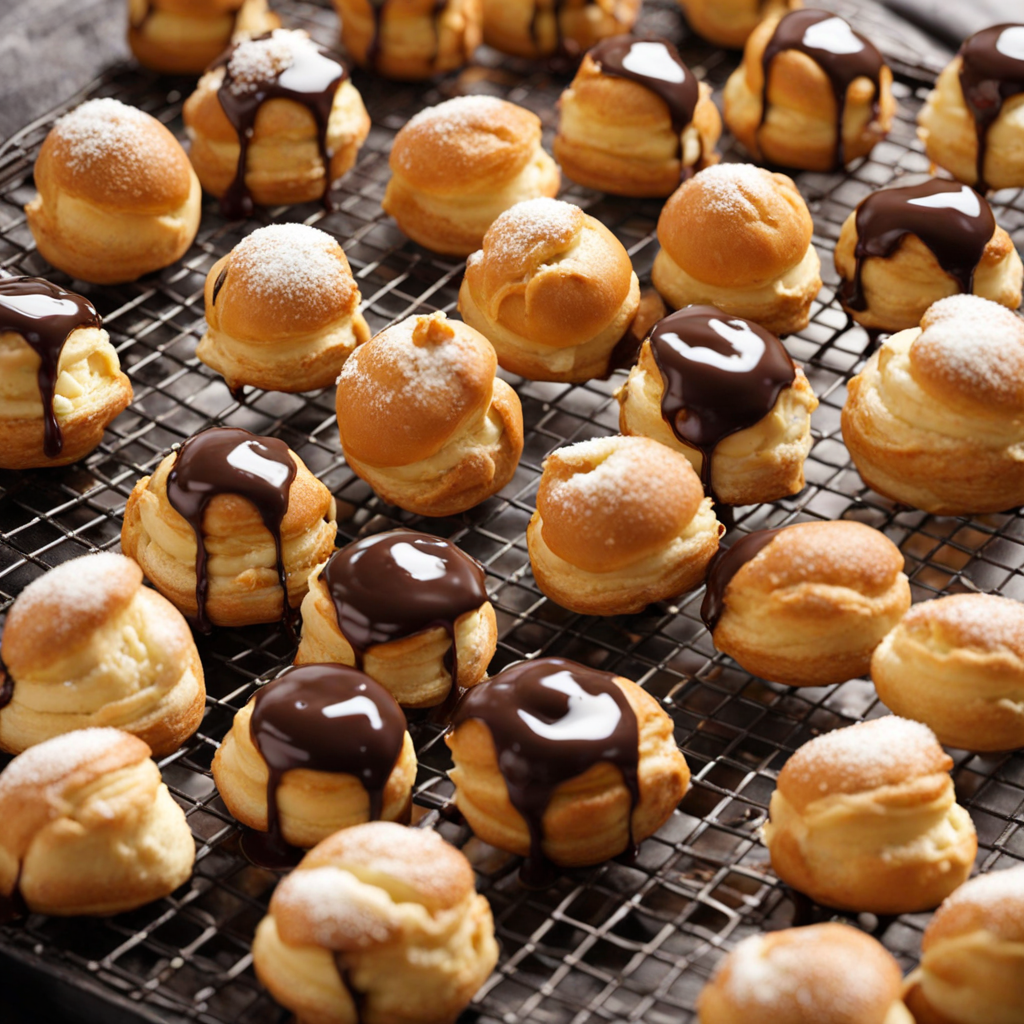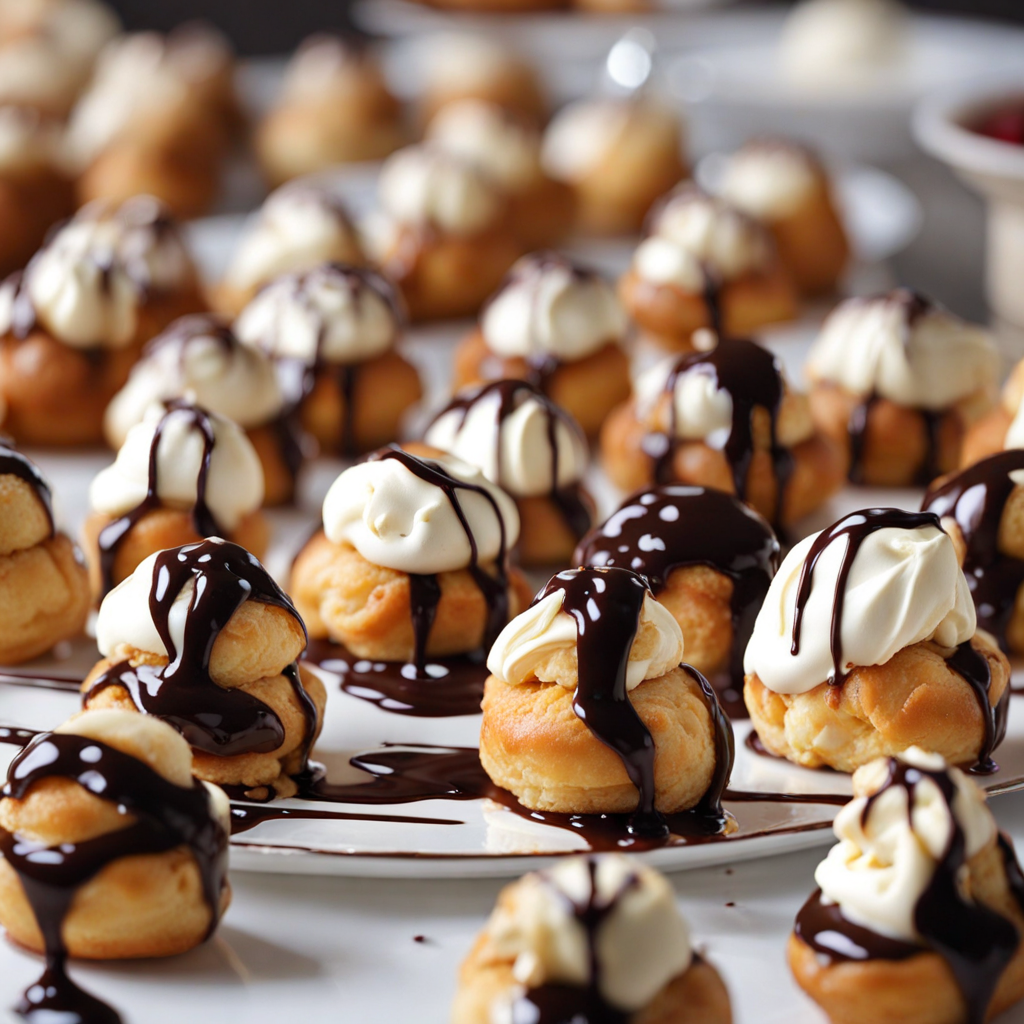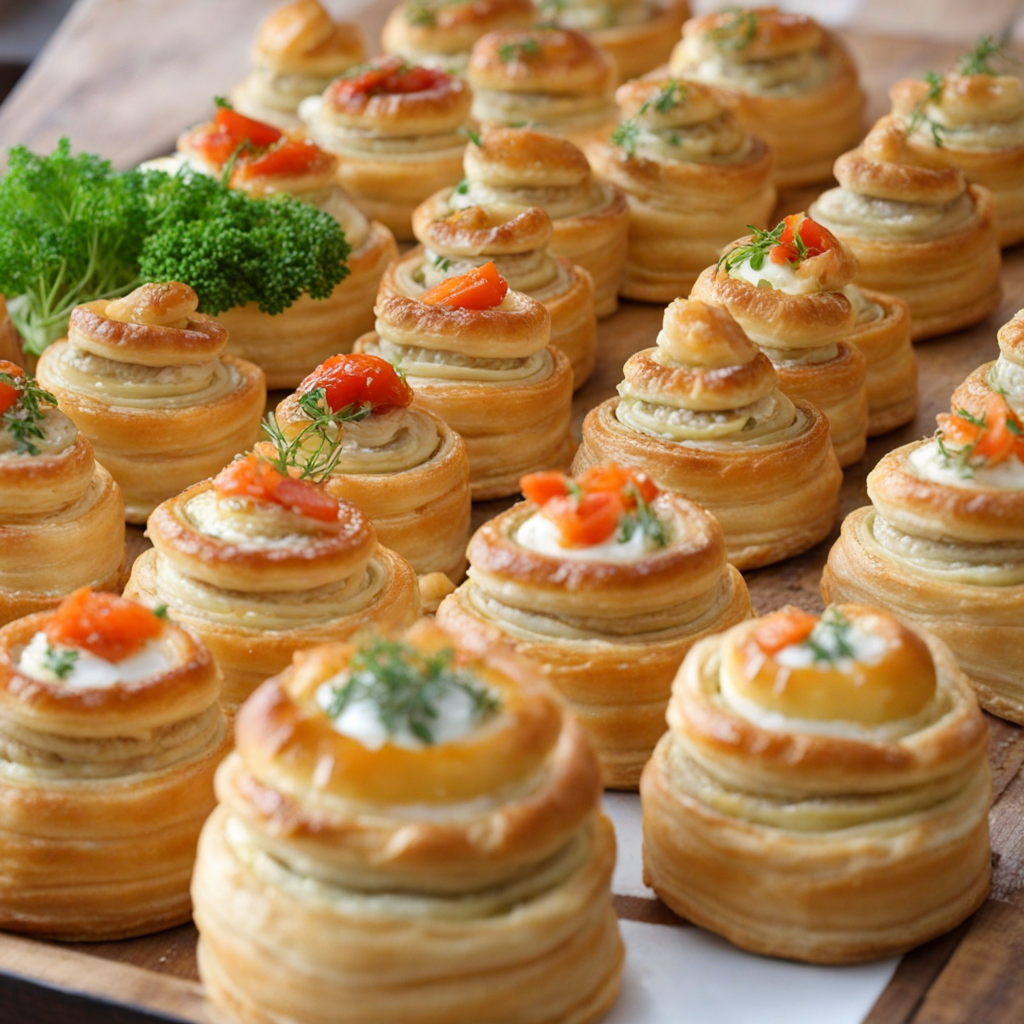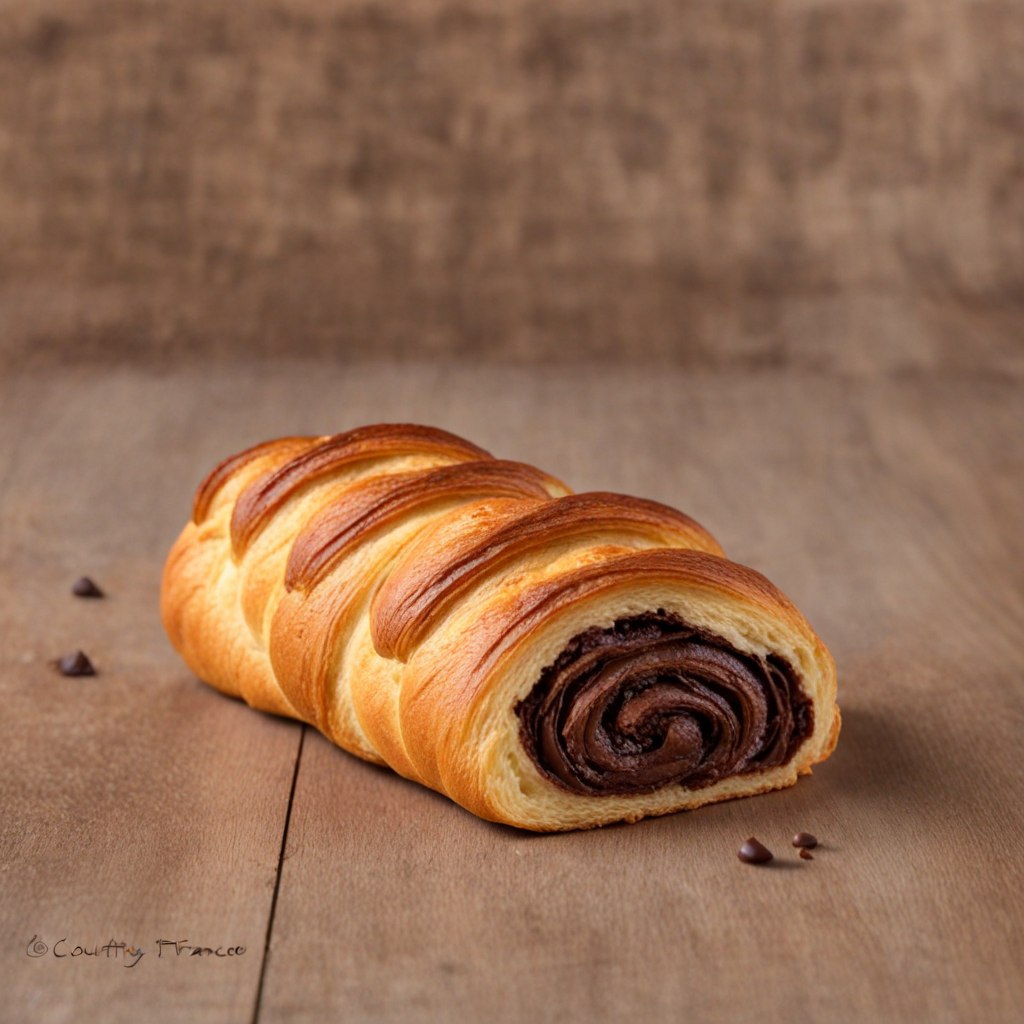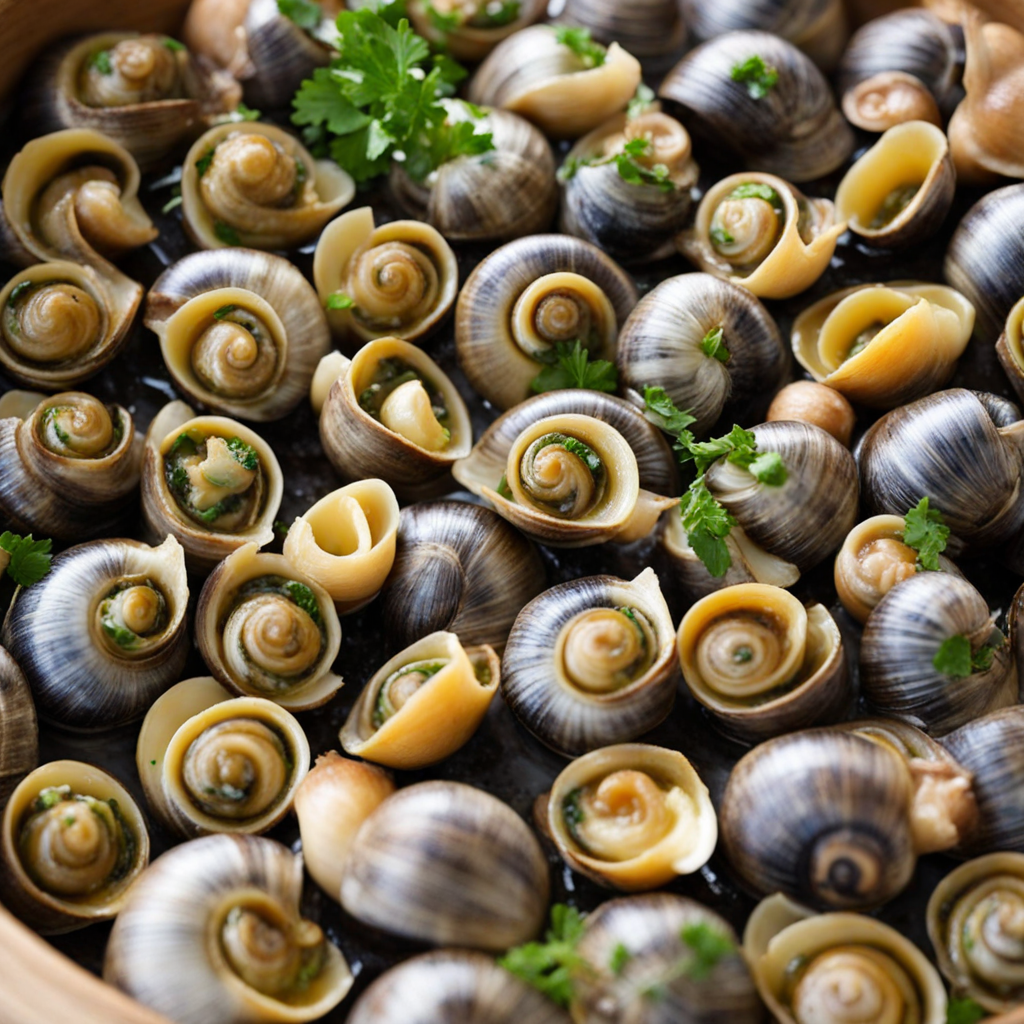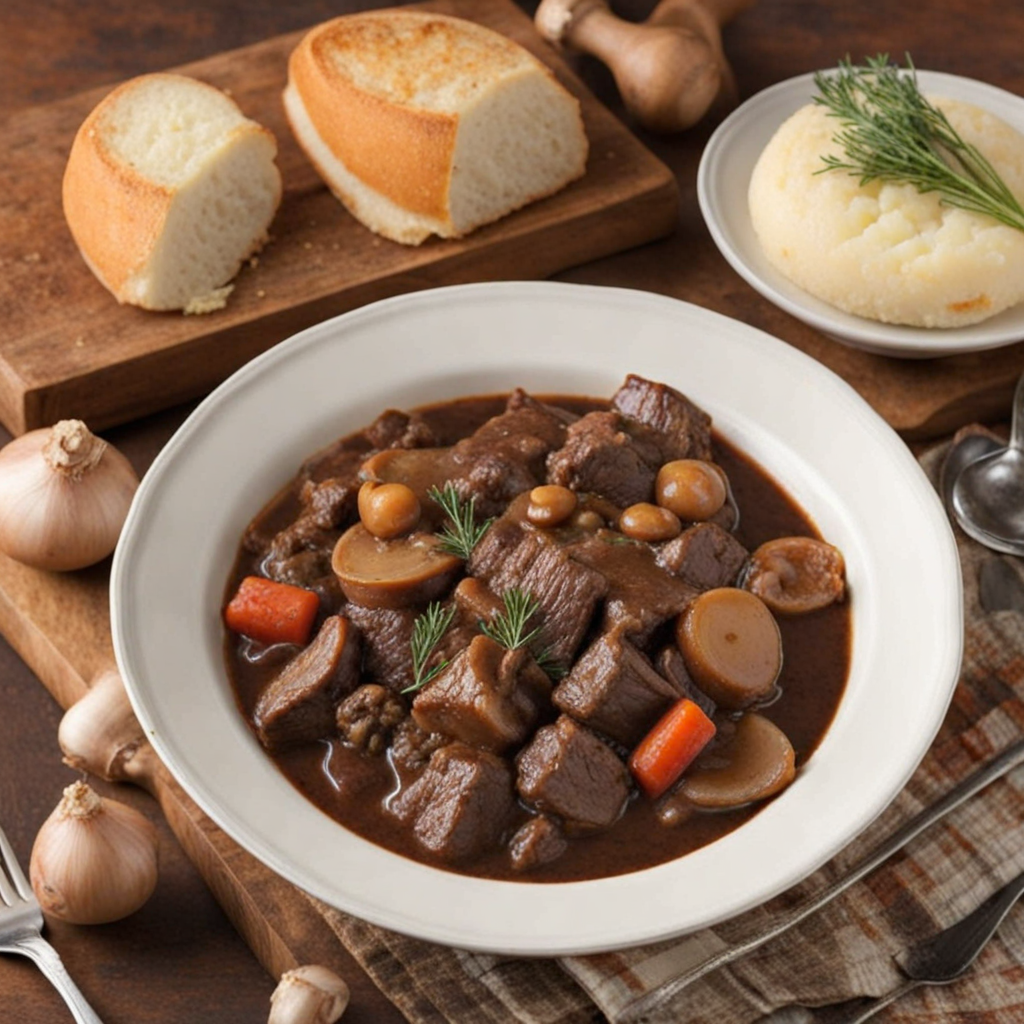Profiteroles
Profiteroles are delightful French pastries that are sure to captivate your taste buds with their unique texture and flavor. These small, round choux pastries are made from a simple dough consisting of flour, butter, eggs, and water. When baked, they puff up beautifully, creating a light and airy interior that offers a satisfying contrast to their crisp outer shell. The beauty of profiteroles lies not only in their appearance but also in their versatility; they can be filled with a variety of delicious fillings, most commonly cream, custard, or ice cream, making each bite a delightful surprise. Once filled, the profiteroles can be drizzled with rich chocolate sauce or topped with a dusting of powdered sugar, adding an extra layer of indulgence. The combination of the warm, soft pastry and the cool, creamy filling creates a harmonious balance of temperatures and textures that is simply irresistible. Chocolate sauce, in particular, is a classic companion to profiteroles, elevating their taste profile with a luscious, bittersweet richness that complements the sweetness of the filling. Enjoying profiteroles is a sensory experience that transports you to a quaint Parisian café with each bite. They are often presented as part of a dessert platter or stacked to form a towering croquembouche, a traditional French wedding cake. Whether enjoyed at a special occasion or as a sweet treat to brighten your day, profiteroles embody the essence of French culinary artistry, making them a must-try for anyone looking to discover a new and enchanting taste.
How It Became This Dish
The History of Profiteroles: A Sweet Journey Through Time Profiteroles, the delightful cream-filled pastries that have won hearts and taste buds around the world, are a quintessential element of French patisserie. These small, airy choux pastries, typically filled with whipped cream, custard, or ice cream and drizzled with chocolate sauce, carry with them a rich history that reflects the evolution of French cuisine and culture. Their journey from humble beginnings to a beloved dessert showcases the artistry and innovation of French culinary traditions. #### Origins: The Birth of Choux Pastry The story of profiteroles begins with the invention of choux pastry, or "pâte à choux," which dates back to the 16th century. The pastry is believed to have been created by the Italian chef Pantaleone de' Medici, who later moved to France and introduced it to the French court. The name "choux," meaning "cabbage" in French, is derived from the shape of the pastry, which resembles small cabbages when piped and baked. Choux pastry is unique in its preparation; it is made by cooking flour, butter, and water together, then incorporating eggs until the dough is smooth and glossy. This technique creates a light, airy texture that puffs up when baked, resulting in a hollow center perfect for filling. The original choux pastry was used to create various confections, but it wasn't until the 18th century that the profiterole, as we know it today, began to take shape. #### The Emergence of Profiteroles In the 18th century, profiteroles gained prominence in French culinary circles. The term "profiterole" is thought to derive from the French word "profiter," meaning "to profit" or "to take advantage of," reflecting the indulgence and pleasure of consuming these sweet treats. Some sources suggest that the dessert may have been inspired by similar Italian pastries, such as the "bignè," which were filled with cream and served at festive occasions. Profiteroles were initially served as savory snacks, often filled with ingredients like cheese or meat, before transitioning into the sweet dessert we know today. By the 19th century, the sweet version of profiteroles began to dominate, filled with rich whipped cream or pastry cream and drizzled with chocolate sauce, reflecting the growing trend of dessert innovation during this period. #### Cultural Significance and Culinary Evolution Profiteroles have not only delighted palates but have also played a significant role in French culture and celebrations. They became a staple at weddings, birthdays, and other festive occasions, often presented as part of elaborate dessert tables. Their lightness and versatility made them a favorite among both bakers and consumers. The culinary landscape in France saw a transformation in the 19th century with the rise of patisserie as a respected art form. Renowned pastry chefs began to experiment with flavor profiles and presentation, elevating simple desserts into works of art. This era saw the introduction of various fillings for profiteroles, including flavored creams like coffee, vanilla, or chocolate, and even the use of ice cream, which added a refreshing twist to the classic pastry. One notable figure in the history of profiteroles is Marie-Antoine Carême, a pioneering French chef who is often credited with formalizing the art of pastry making. Carême's influence extended to the creation of elaborate desserts, and he championed the use of seasonal ingredients and artistic presentation. His recipes and techniques helped to solidify the place of profiteroles in the pantheon of French desserts. #### Profiteroles Beyond France As French cuisine spread across the globe, so too did the popularity of profiteroles. In the late 19th and early 20th centuries, French patisserie began to influence culinary traditions in other countries, particularly in regions with strong historical ties to France, such as Belgium, Switzerland, and parts of North America. Each region adapted the basic profiterole recipe to incorporate local flavors and ingredients, leading to a diverse array of interpretations. In Italy, for example, the "bignè" remains a popular treat, often filled with similar cream fillings but sometimes featuring different flavor profiles. In the United States, the dessert became a staple in French-style restaurants and is often served as a part of elaborate dessert displays. The introduction of chocolate and caramel sauces further enriched the dessert's appeal, making it a favorite among dessert lovers. #### Modern Interpretations and Global Popularity Today, profiteroles continue to thrive in both traditional and innovative forms. Contemporary patisseries often experiment with new flavors and textures, incorporating ingredients such as matcha, lavender, and even savory fillings. The rise of vegan and gluten-free alternatives has also led to the creation of choux pastry that caters to diverse dietary preferences, ensuring that profiteroles remain accessible to a broader audience. Profiteroles have also found their way into popular culture, appearing in cookbooks, cooking shows, and culinary competitions. Their elegant presentation and delicious taste make them a favorite choice for home bakers and professional chefs alike. The classic profiterole tower, known as a "croquembouche," remains a popular centerpiece for weddings and special occasions, showcasing the pastry's enduring appeal. #### Conclusion: A Sweet Legacy The history of profiteroles is a testament to the creativity and evolution of French cuisine. From their humble beginnings as a simple pastry to their status as a beloved dessert enjoyed worldwide, profiteroles encapsulate the spirit of indulgence and celebration. Their ability to adapt and inspire new interpretations speaks to the timeless nature of this delightful treat. As we savor a bite of a profiterole, filled with rich cream and drizzled with luscious chocolate, we partake in a culinary tradition that spans centuries, connecting us to the artistry of French patisserie and the joys of shared celebration. Whether enjoyed in a quaint Parisian café or as a homemade delight, profiteroles continue to enchant dessert lovers, their sweet legacy ever-growing.
You may like
Discover local flavors from France


